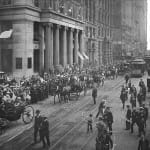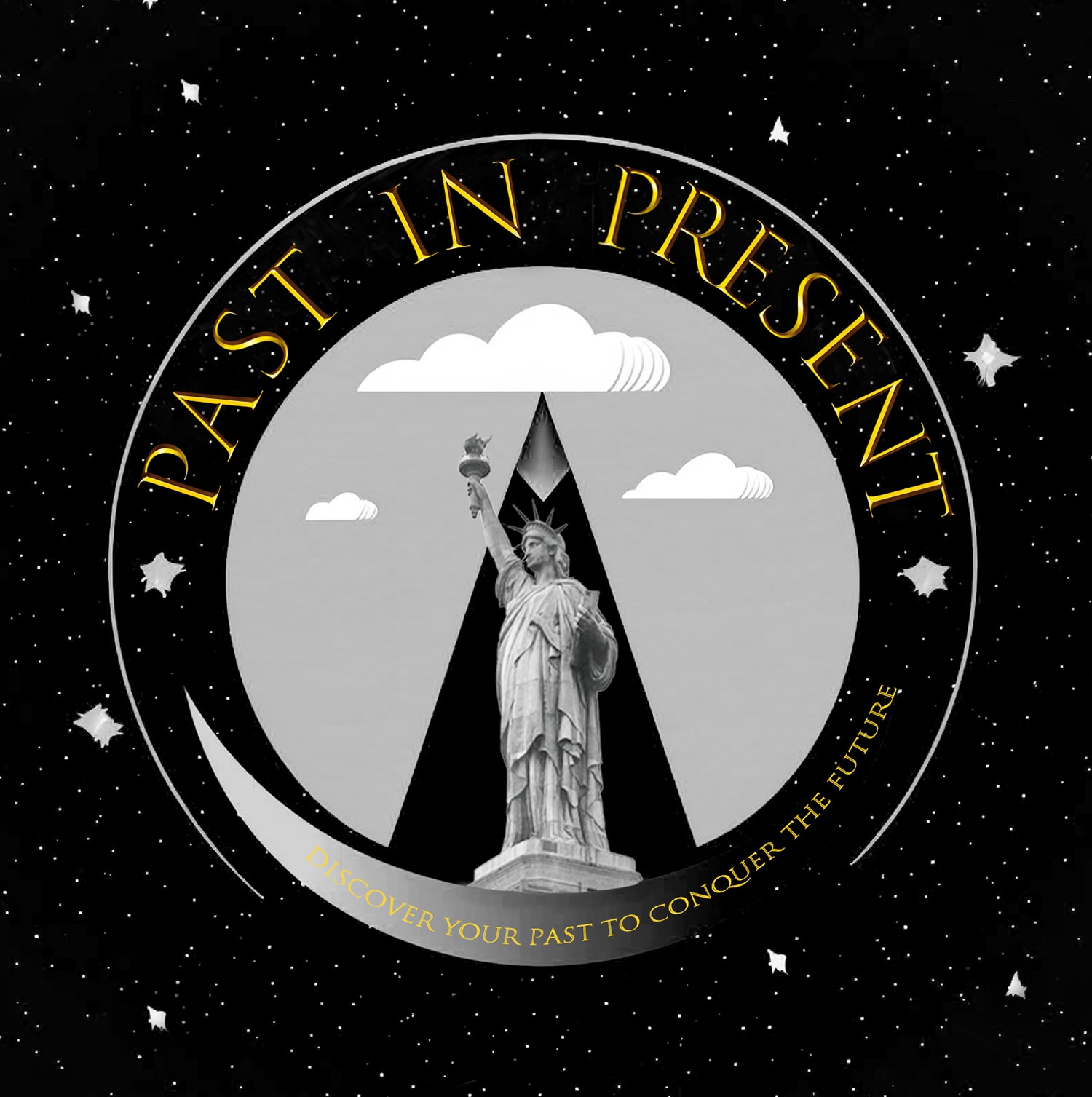 Spectacular Ticker-tape parade on Broadway, Low Manhattan NYC June 18th, 1910. Watermarks do not appear on the actual artwork.
Spectacular Ticker-tape parade on Broadway, Low Manhattan NYC June 18th, 1910. Watermarks do not appear on the actual artwork.
 Spectacular Ticker-tape parade on Broadway, Low Manhattan NYC June 18th, 1910. Watermarks do not appear on the actual artwork.
Spectacular Ticker-tape parade on Broadway, Low Manhattan NYC June 18th, 1910. Watermarks do not appear on the actual artwork.
 Spectacular Ticker-tape parade on Broadway, Low Manhattan NYC June 18th, 1910. Watermarks do not appear on the actual artwork.
Spectacular Ticker-tape parade on Broadway, Low Manhattan NYC June 18th, 1910. Watermarks do not appear on the actual artwork.
 Spectacular Ticker-tape parade on Broadway, Low Manhattan NYC June 18th, 1910. Watermarks do not appear on the actual artwork.
Spectacular Ticker-tape parade on Broadway, Low Manhattan NYC June 18th, 1910. Watermarks do not appear on the actual artwork.
 Spectacular Ticker-tape parade on Broadway, Low Manhattan NYC June 18th, 1910. Watermarks do not appear on the actual artwork.
Spectacular Ticker-tape parade on Broadway, Low Manhattan NYC June 18th, 1910. Watermarks do not appear on the actual artwork.
 Spectacular Ticker-tape parade on Broadway, Low Manhattan NYC June 18th, 1910. Watermarks do not appear on the actual artwork.
Spectacular Ticker-tape parade on Broadway, Low Manhattan NYC June 18th, 1910. Watermarks do not appear on the actual artwork.
 Spectacular Ticker-tape parade on Broadway, Low Manhattan NYC June 18th, 1910. Watermarks do not appear on the actual artwork.
Spectacular Ticker-tape parade on Broadway, Low Manhattan NYC June 18th, 1910. Watermarks do not appear on the actual artwork.
 Original vintage glass camera negative (display only, not for sale)
Original vintage glass camera negative (display only, not for sale)
Spectacular Ticker-tape parade on Broadway, Low Manhattan, 1910
Further images
-
(View a larger image of thumbnail 1
)

-
(View a larger image of thumbnail 2
)

-
(View a larger image of thumbnail 3
)

-
(View a larger image of thumbnail 4
)

-
(View a larger image of thumbnail 5
)

-
(View a larger image of thumbnail 6
)

-
(View a larger image of thumbnail 7
)

-
(View a larger image of thumbnail 8
)

year later earned him a hero’s welcome, attracting an estimated one million spectators. The day before his arrival, the Atlantic Constitution even reported that “It a remarkable tribute to the man’s personality that virtually every element of citizenship in the country should be more or less on tiptoes in the excitement of anticipation.” As President Roosevelt entered New York Harbor the next day on the luxury liner Kaiserin, he
was greeted by cheering crowds, an extravagant naval display, and a twenty-one-gun salute. Following his remarks, Roosevelt and his family, escorted by 150 members of his Rough Rider unit from the Spanish-American war and thousands of police officers, veterans, and soldiers, led a five-mile procession from Broadway to 59th Street and Fifth Avenue. Even as the parade proceeded down Wall Street (home to many of the same big businesses that were often the target of Roosevelt’s political rhetoric), office workers ardently applauded the president’s return, a testament to his powerful political legacy in New York. Roosevelt was a hero to many for his projection of masculine American power at home and
around the world, for his championing of conservation and public lands, and for his strong stance
against concentrated economic power. But the reality of his legacy was more complex. One
example: as a Republican president and thus heir to the Party of Lincoln, he sought to appeal to voters by speaking out against lynching and by inviting the African-American leader Booker T. Washington to the White House. But he also alienated many African-Americans by ordering the dishonorable discharge of 167 black soldiers during the controversial Brownsville Affair of 1906, when white Texans falsely accused the soldiers of going on a violent rampage (they were not granted honorable discharges until 1972).
Two years after his ticker-tape parade, Roosevelt ran for president once again on his newly established Progressive Party ticket—popularly known as the Bull Moose Party. The third party advocated for social reform and the regulation of trusts and monopolies while also striking a blow to party support for the Republican candidate and Roosevelt’s protégé, William Howard Taft. While Roosevelt did not win the 1912 presidential election, the Progressive Party’s presence on the ballot undermined the Republican Party and led to Democratic nominee Woodrow Wilson’s victory. While President Theodore Roosevelt’s ticker-tape parade was truly a media sensation, his legacy continues to make for arguments and headlines today. In October 2017, protestors vandalized the
statue of Roosevelt located outside the American Museum of Natural History. Erected in 1940, the statue had previously been a lightning rod for protests. It depicts Roosevelt on horseback aside a Native American man and an African man, imagery demonstrators referred to as an emblem of “patriarchy, white supremacy and settler-colonialism.”
Provenance
Past in Present.com Inc private historical archive.




